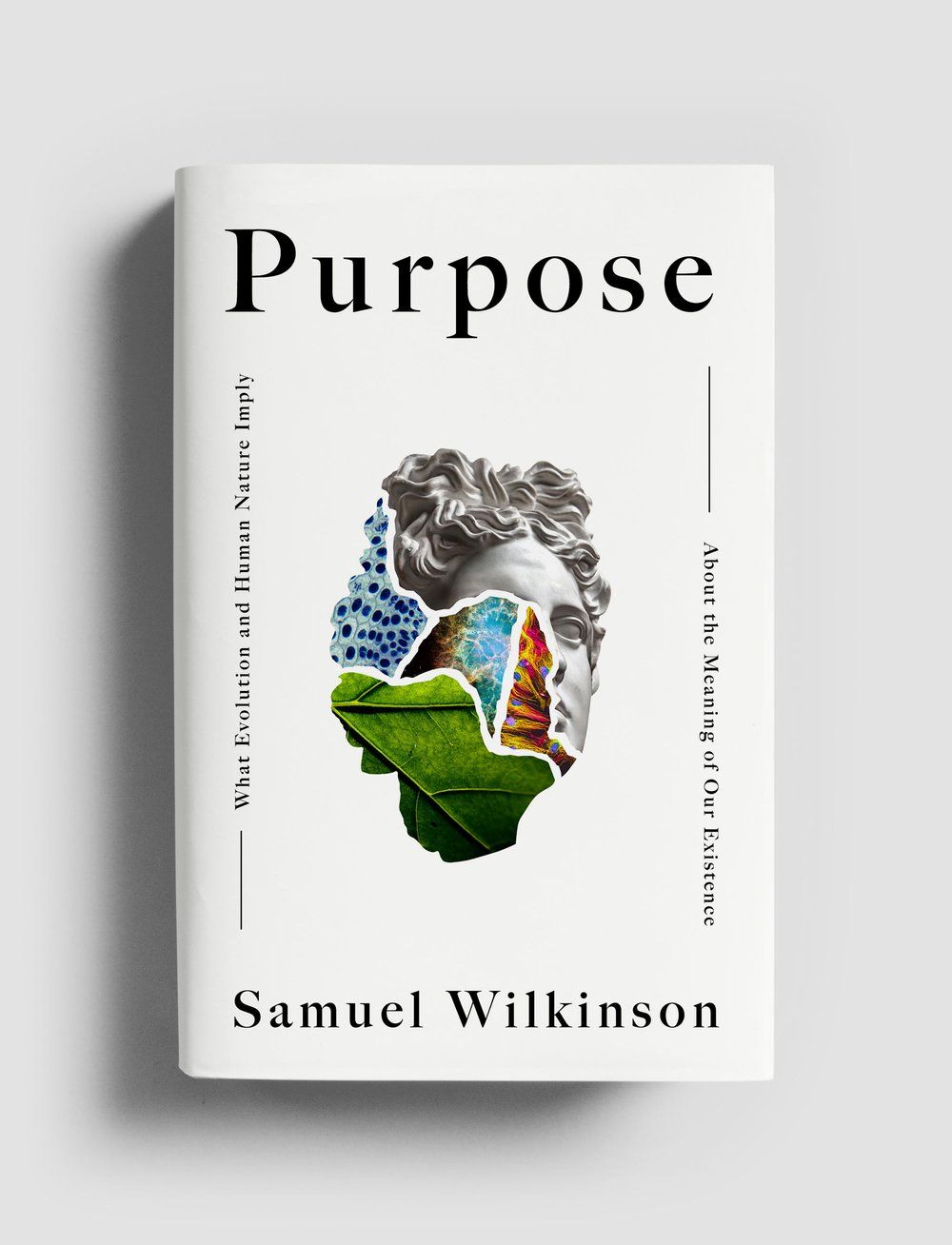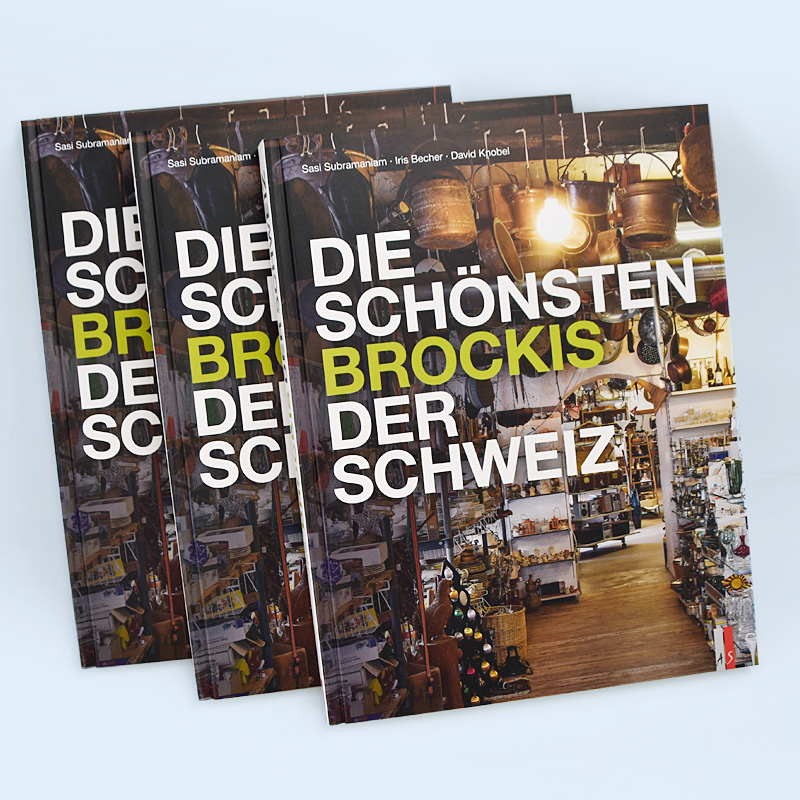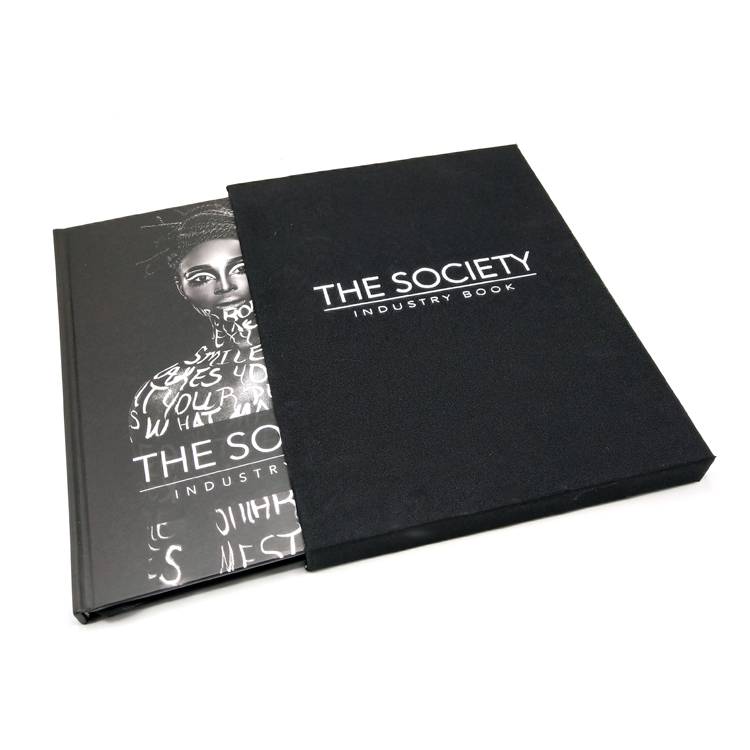What Is The Cheapest Way To Make A Book?
If you’re diving into self-publishing, one of your primary concerns will be finding economical options for book printing. Every initial expenditure—from binding to cover design to marketing—can significantly eat into your profits. Moreover, marketing your book is another financial endeavor, making it essential to keep printing costs low while still producing a quality product.
Fortunately, various affordable printing services can help you get your book into the hands of readers without putting a strain on your finances. This article will explore reliable low-cost book printing options and offer strategies to minimize your printing expenses.
Sommario
Understanding the Costs of Book Printing
Il costo della stampa di libri personalizzati può variare notevolmente, in genere da $2 a $10 o più per copia. Le opzioni di stampa più economiche potrebbero non includere alcune caratteristiche, come le immagini a colori o la rilegatura con copertina rigida. Tuttavia, è fondamentale non scendere a compromessi sulla qualità per risparmiare. I lettori spesso ricercano libri di alta qualità; pertanto, è fondamentale trovare un equilibrio tra qualità e costo.
Factors Influencing Printing Costs
Quantity of Prints: The number of copies you wish to print directly impacts pricing. Many printing companies offer bulk discounts, making it more economical to print larger quantities.
Qualità della carta: The type of paper used can affect both the tactile experience of your book and the overall cost. Standard options tend to be more affordable than specialty papers.
Book Size and Format: The dimensions of your book play a significant role in production costs. Smaller formats, like mass-market paperbacks, are usually cheaper than larger trade or hardcover editions.
Tipo di rilegatura: The method used to bind your book can either inflate or reduce your costs. For instance, perfect binding is typically less expensive than case binding due to the materials and labor involved.
Design Elements: Additional design features, such as color printing and custom illustrations, can drive up costs. It’s crucial to weigh these enhancements against your budget.
Spese di spedizione: Heavier or larger books incur higher shipping costs. Be sure to factor this into your overall budget when deciding on your book’s design and format.
Key Considerations for Economical Book Printing
Bulk Printing vs. Print-on-Demand Many printing services offer discounts for bulk orders, which can help reduce costs significantly. However, this approach necessitates a considerable upfront investment. Print-on-demand services, on the other hand, are perfect for authors who wish to minimize initial expenditures, as they allow for smaller print runs without upfront costs. The decision largely depends on your confidence in selling the volume of books ordered.
Selecting Standard Sizes and Weights The dimensions and weight of your book can greatly influence printing costs. For instance, trade paperbacks are generally cheaper to print than hardcover editions, which require more durable materials. Opting for standard paper sizes and weights can help you avoid additional fees associated with custom specifications.
Choosing the Right Binding Type The binding method significantly affects your book’s overall quality and cost. Case bindings, typical for hardcovers, are more expensive and labor-intensive. Perfect binding, commonly used for paperbacks, involves simpler techniques and materials, making it a more economical option. Consider your target audience and pricing strategy when deciding on binding.
Determining Book Size The size of your book will also impact printing costs. Smaller formats, like mass-market paperbacks, tend to be cheaper than larger trade or hardcover editions. Keep in mind that larger books will incur higher production expenses, so plan your book size according to your budget and market expectations.
Optimizing Page Count Each additional page increases the printing costs, so it’s vital to strike a balance between the content you want to include and the budget you have in mind. Additionally, remember that the more pages you have, the more paper you will need, which can substantially raise costs. Ensure that the font size remains legible to your readers while keeping page count in check.
Minimizing Shipping Expenses Larger and heavier books can significantly raise shipping costs. When finalizing your design, discuss shipping options with your printer to estimate costs accurately. Bundling printing with shipping services may also help you save on logistics. Some companies offer combined services, ensuring your books are printed and shipped efficiently.
Comparing Quotes from Various Printers Obtaining multiple quotes from different printing companies allows you to effectively compare pricing and services. This process not only helps identify potential hidden fees but also allows you to gauge the quality of work offered by various printing companies. Requesting samples can provide insight into the craftsmanship involved.
Strategies to Save on Book Printing Costs
Researching and Engaging with Printers Start by reaching out to various printers and fulfillment companies to gather information about their pricing and services. A comprehensive understanding will help you make informed decisions.
Utilizing Technology Leverage online tools and platforms to compare printing services and obtain quotes quickly. Many printing companies now provide instant online pricing calculators, streamlining the process.
Evaluating Samples Requesting samples from potential printers is an excellent way to assess their quality and ensure that their output meets your standards. Examining physical examples of their work can provide insight into the craftsmanship involved.
Considering Local Options Sometimes local printing companies can offer better rates, particularly when you factor in shipping costs. Supporting local businesses may also yield benefits in customer service and collaboration.
Understanding Turnaround Times Inquire about production and shipping timelines, as rushed orders often incur additional fees. Planning ahead can help you avoid these surcharges.
Exploring Crowdfunding If you’re facing financial constraints, consider using crowdfunding platforms to raise capital for your book project. Engaging with your audience early on can generate support and pre-orders, helping to alleviate initial costs.
Joining Author Collectives Many authors find it beneficial to join collectives or cooperatives that pool resources for printing. These organizations can offer collective bargaining power for better rates.
Additional Tips for Successful Self-Publishing
Marketing and Distribution Develop a solid marketing strategy before your book is printed. Effective marketing can drive sales and offset some of your printing costs. Consider social media campaigns, author readings, and engaging with online book communities.
Professional Editing and Proofreading Quality content is key to a successful book. Investing in professional editing and proofreading can elevate your work and attract readers. While this may increase initial costs, the long-term benefits of producing a polished book can outweigh the investment.
Creating an Eye-Catching Cover A professionally designed cover can significantly influence sales. Since the cover is often the first thing potential readers see, make sure it effectively represents your book’s content and appeals to your target audience.
Utilizing Print-on-Demand for Flexibility If you are unsure about the demand for your book, consider utilizing print-on-demand services to maintain flexibility. This approach allows you to adjust your print quantities based on sales and reader interest.
Networking with Other Authors Building relationships with other authors can provide invaluable insights and resources. Networking can lead to opportunities for collaborative marketing efforts and sharing printing resources, reducing costs for everyone involved.
Conclusione
Finding the most affordable way to print a book requires a thorough understanding of the available options and a strategic approach to managing costs associated with self-publishing. By carefully considering factors such as printing methods, binding types, and material choices, you can produce a high-quality book without straining your finances.
Engaging with multiple printing services, seeking out discounts, and exploring innovative solutions can also significantly reduce your expenses. Ultimately, the goal is to ensure that your readers receive a quality book while you maintain a healthy profit margin. With careful planning and the right resources, you can successfully navigate the world of self-publishing and share your literary work with the world.
Domande frequenti
1. Why are hardcover books generally more expensive than board books?
Hardcover books typically require more expensive materials, such as cloth or leather for the covers, and a more intricate binding process. The manufacturing complexity and higher-quality components contribute to the increased cost compared to board books, which have a simpler production method.
2. Are board books suitable for all age groups?
Board books are specifically designed for very young children, such as infants and toddlers. They provide a durable and safe option for this age group, while hardcover books cater to older children and adults, offering more complex narratives and themes.
3. How do I determine which format to choose for my project?
To determine the best format for your book, consider your target audience, content length, and budget. If your project is aimed at very young readers, board books may be the best option due to their durability and engaging content. For more complex stories or educational materials for older readers, hardcover books would be more appropriate. Evaluating these factors will help ensure a successful printing project.
In conclusion, both board books and hardcover books serve important roles in literature for young readers. Understanding the differences between the two formats can help you make informed decisions that align with your project’s objectives, ensuring that your publication resonates with its intended audience.
Stampa di libri
Nuovi prodotti
Ultimo blog

Quali sono i vantaggi dei libri da tavolino?
In un mondo sempre più dominato dai media digitali, il fascino tattile dei libri da tavolo spicca.
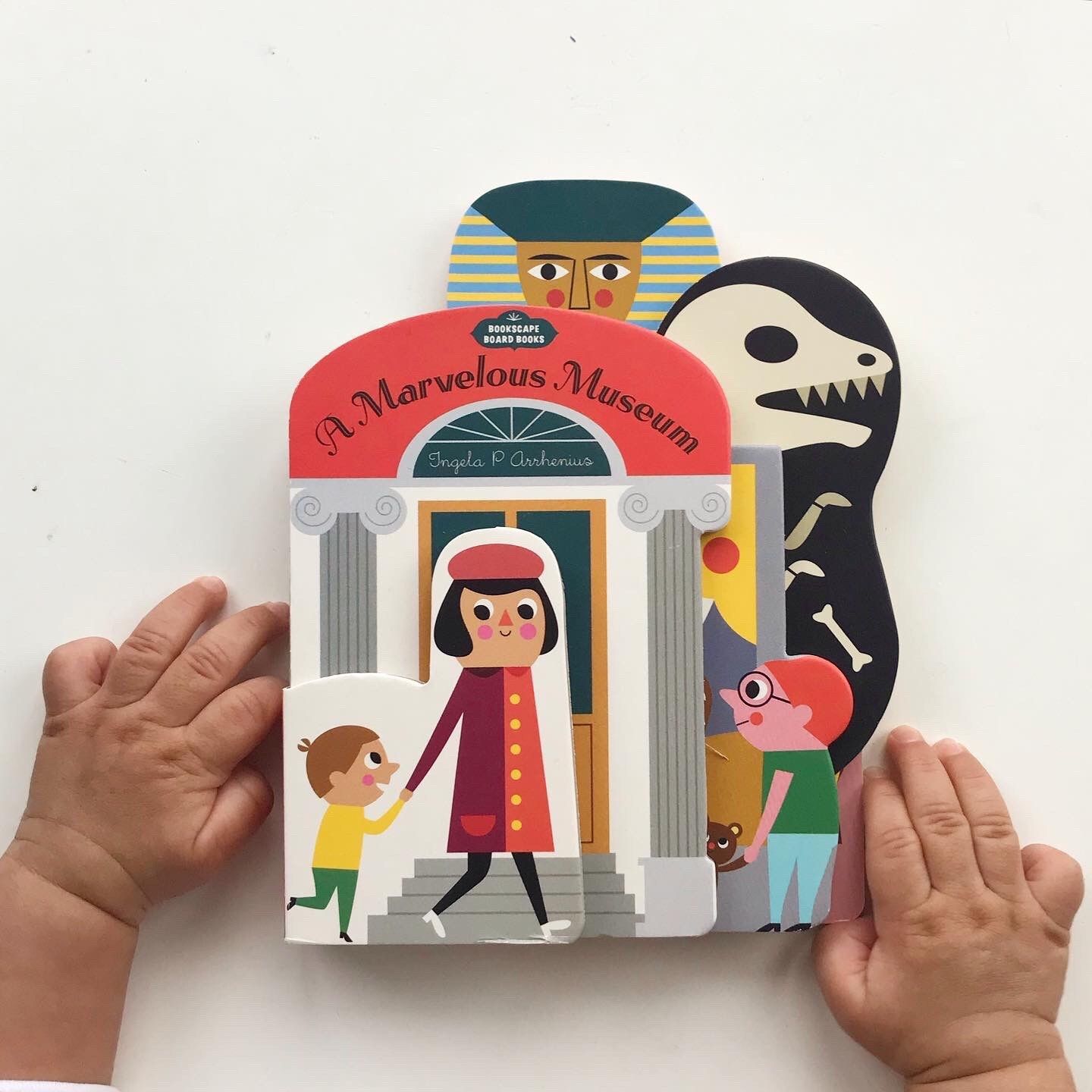
Qual è la differenza tra un libro cartonato e uno con copertina rigida?
Quando si tratta di pubblicare letteratura per giovani lettori, la scelta del formato di stampa giusto, che si tratti di un libro con copertina rigida o cartonato, gioca un ruolo fondamentale per soddisfare le esigenze specifiche del pubblico.

Il potere della stampa di libri personalizzati
Se ti stai tuffando nell'autopubblicazione, una delle tue preoccupazioni principali sarà trovare opzioni economiche per la stampa dei libri
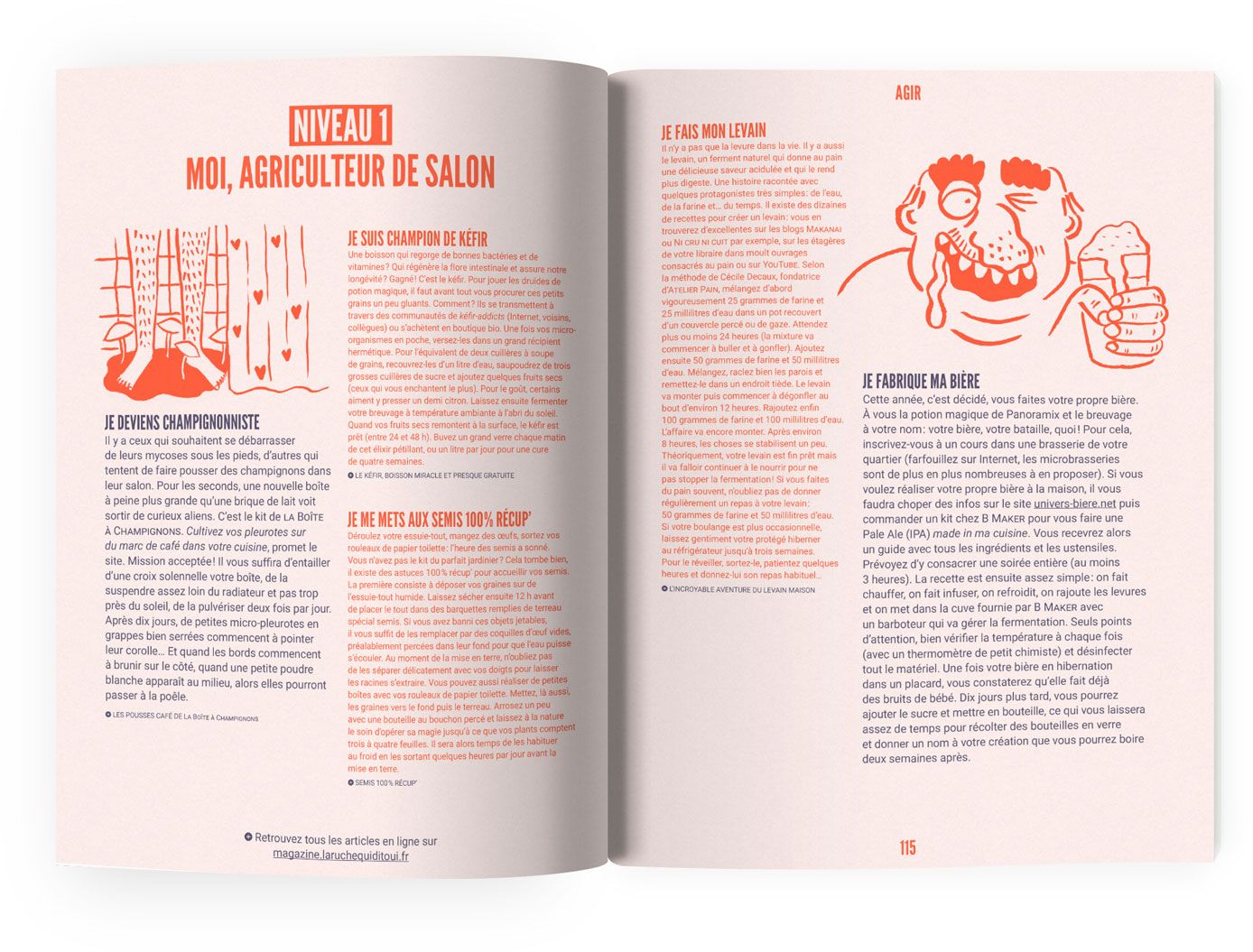
Quanto costa stampare i libri?
Intraprendere il viaggio dell'autopubblicazione di un libro è sia esaltante che impegnativo. Come tipografia,
Contattaci
- +86 13946584521
- info@booksprinting.net
- 8:00 - 22:00 (lun - dom)
Commenti
Blog correlati
Scopri le ultime tendenze e le conoscenze più comuni nel settore della stampa di libri.
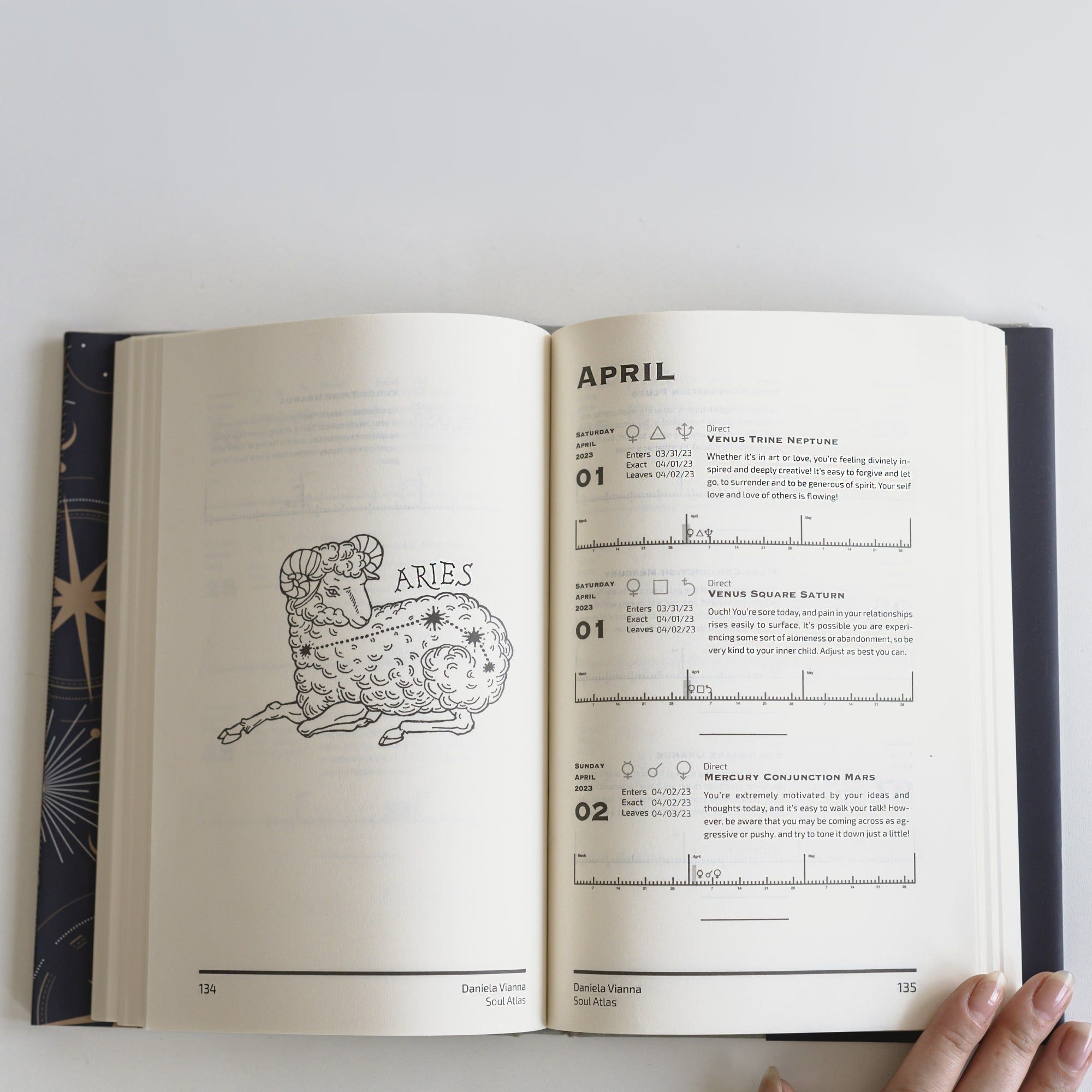
Quanto costa stampare un libro tascabile di 200 pagine?
Stampare un libro è un processo complesso e costoso, ma può rivelarsi un'esperienza gratificante per autori, autoeditori e aziende del settore della produzione libraria.

7 vantaggi convincenti dell'utilizzo di servizi di stampa di libri professionali
Nel mondo della letteratura, la qualità della produzione di un libro può influenzare significativamente il suo successo

Quanto costa stampare un libro?
L'autopubblicazione è diventata sempre più una scelta ideale per scrittori e creatori di contenuti che desiderano mantenere il controllo sul proprio lavoro dalla creazione alla vendita. A differenza dell'editoria tradizionale,
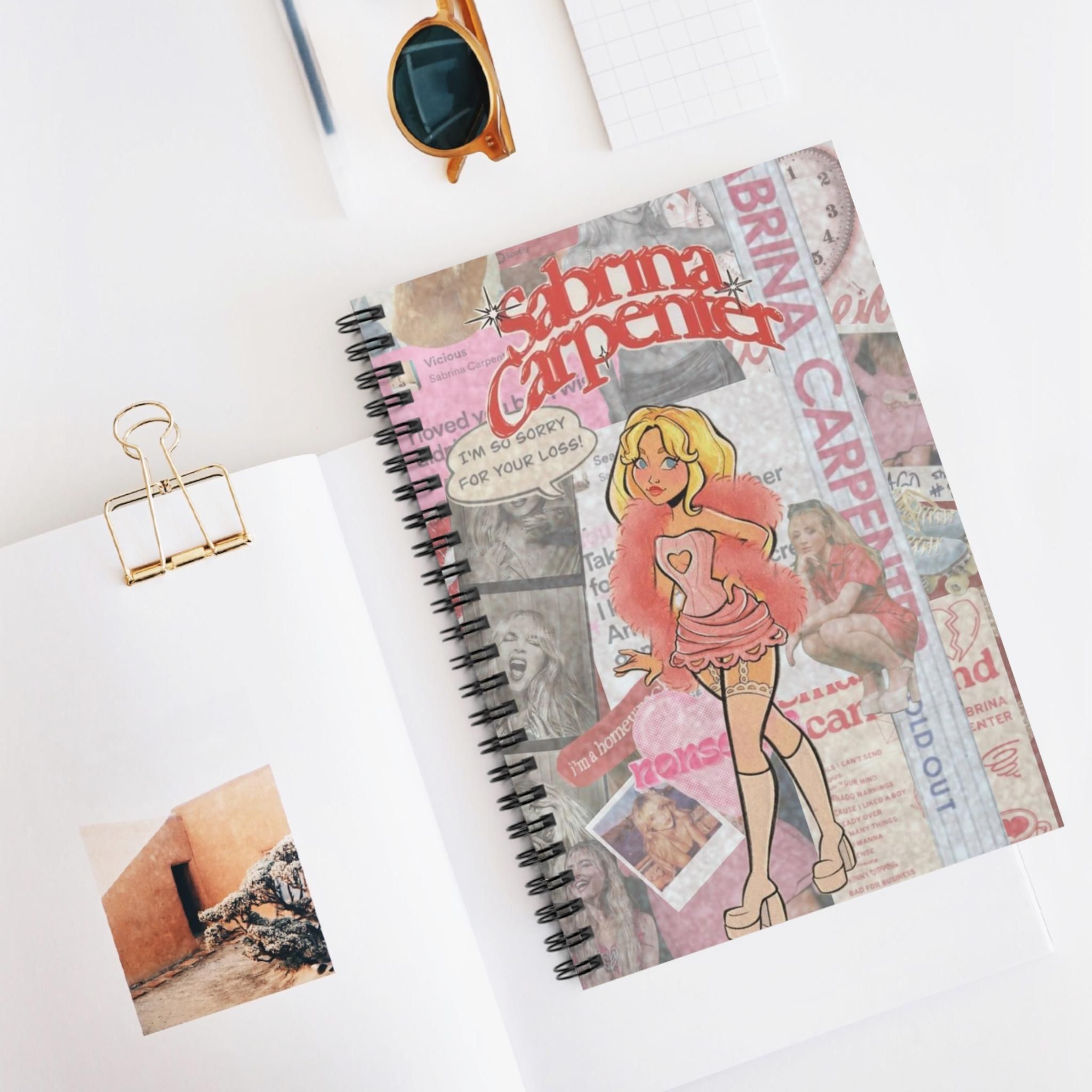
La guida definitiva ai libri rilegati a spirale: perché sono perfetti per le esigenze della tua azienda
I libri con rilegatura a spirale sono una scelta popolare per chi desidera mantenere i propri documenti organizzati, accessibili e professionali.

